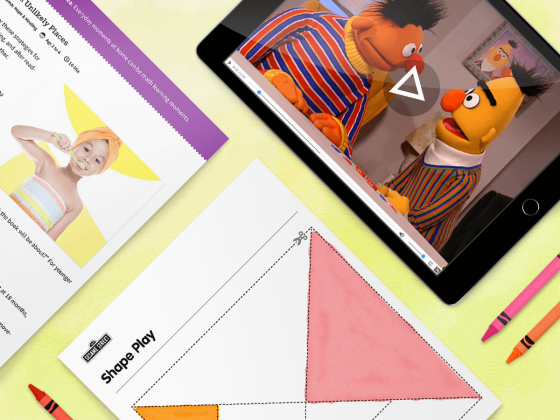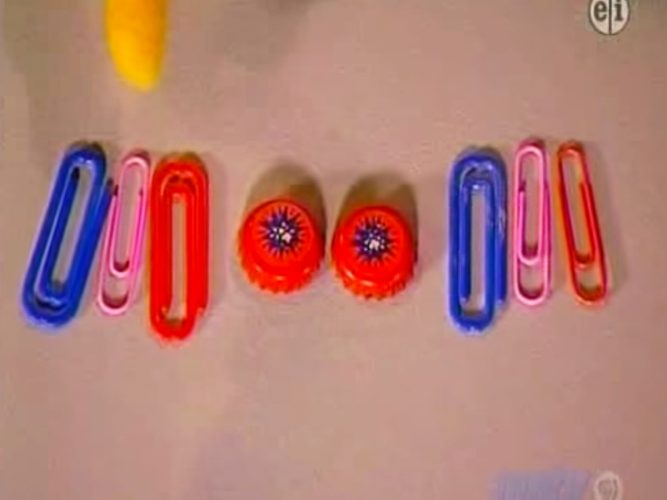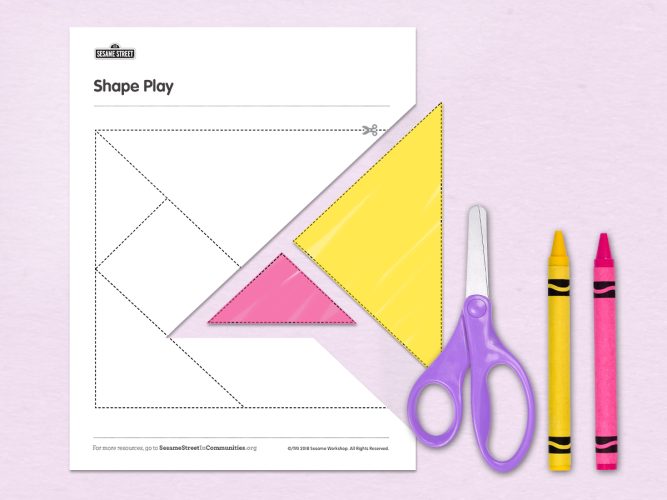
Learning at Home: Math
Math is everywhere—even at home!
Math is everywhere—it’s in the numbers, shapes, and patterns all around us—even at home! We can have magical math moments at the breakfast table, while creating a work of art, or in the rhythm of our favorite song. When we measure, compare, count, and draw, we’re building math skills—and having fun. Consider the activities below to incorporate math into your daily routine.



